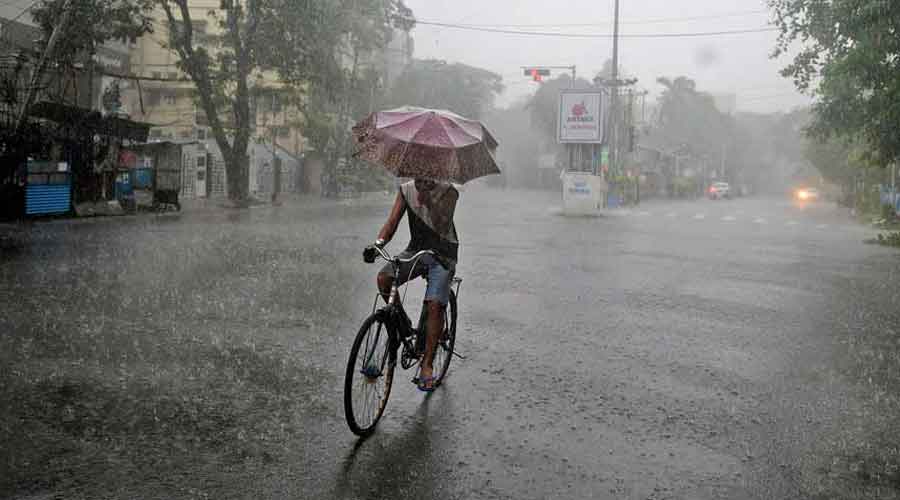The monsoon has slipped into a hiatus expected to last a week, the national weather agency said on Thursday while predicting below-normal rainfall across swathes of the country in July, a crucial month for agriculture.
The India Meteorological Department said that while the overall nationwide rainfall during July was expected to be “normal” — 96 to 104 per cent of the average — many parts of northwest, central and eastern India and the southern peninsula would receive below-normal rains.
Monsoon rainfall is likely to remain subdued over the next seven days under the current atmospheric conditions, wind patterns and the absence of any low-pressure systems over the Bay of Bengal that serve as engines for the monsoon’s advance.
“This is likely to impact sowing and transplantation of crops, irrigation scheduling and power requirements,” IMD director-general Mrutyunjaya Mohapatra told reporters.
India’s major summer crops include rice, maize, sugarcane, groundnut, pigeon pea and soybean.
The normal window for transplanting rice and sowing other crops typically falls during July across central India and the northwestern states, but agrometeorologists have underlined that much of northwest India relies on irrigated farmland and not so much on rainfall.
“Early sown crops will require protective irrigation to conserve soil moisture and prevent evaporation,” Mohapatra said.
The IMD had earlier this year predicted that the overall rainfall during the four-month monsoon season from June through September would be normal. That forecast for the full monsoon season still stands.
The forecast generated by the IMD for July has predicted that parts of Uttar Pradesh, Haryana, Punjab and northeastern Bihar are likely to receive 65 to 75 per cent below-normal rainfall in July, while some parts of Rajasthan, Gujarat, Karnataka, Odisha and Maharashtra will receive 35-65 per cent below-normal rains.
However, the IMD said, heavy rainfall is very likely over parts of Bihar, northern Bengal, Sikkim and the northeastern states, resulting from strong moisture-laden winds from the Bay of Bengal over India’s eastern and northeastern states.
Western Uttar Pradesh, Punjab, Haryana, Delhi, Chandigarh, Madhya Pradesh and Rajasthan will continue to bake under a heat wave with maximum temperatures above 40°C and, at places, 5 degrees higher than the average over the next two days.
After July 3, the intensity of the heat is likely to reduce with the arrival of moisture-laden winds from the Arabian Sea. But the winds will add to humidity and the “human discomfort will continue over the next seven days”, Mohapatra said.












